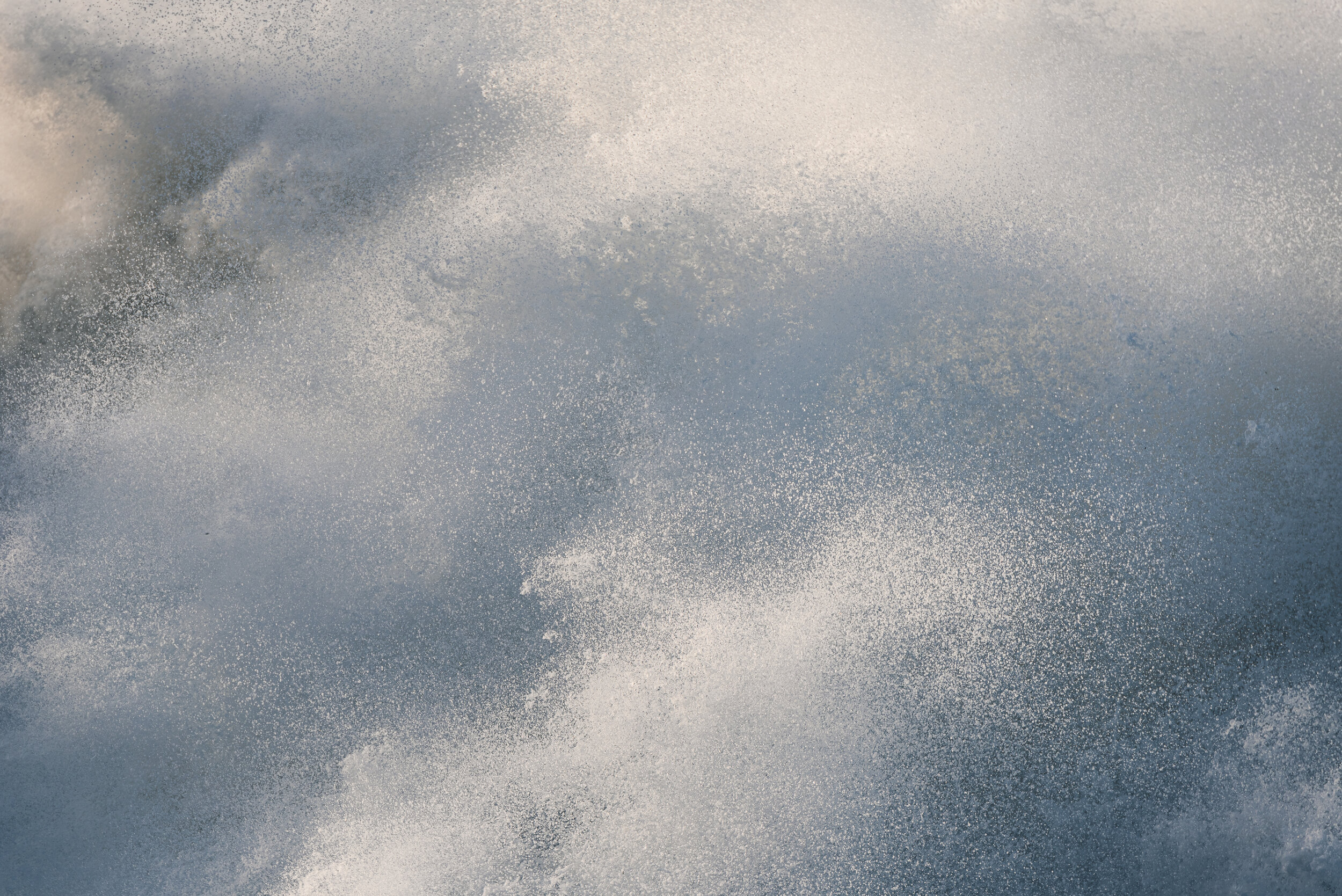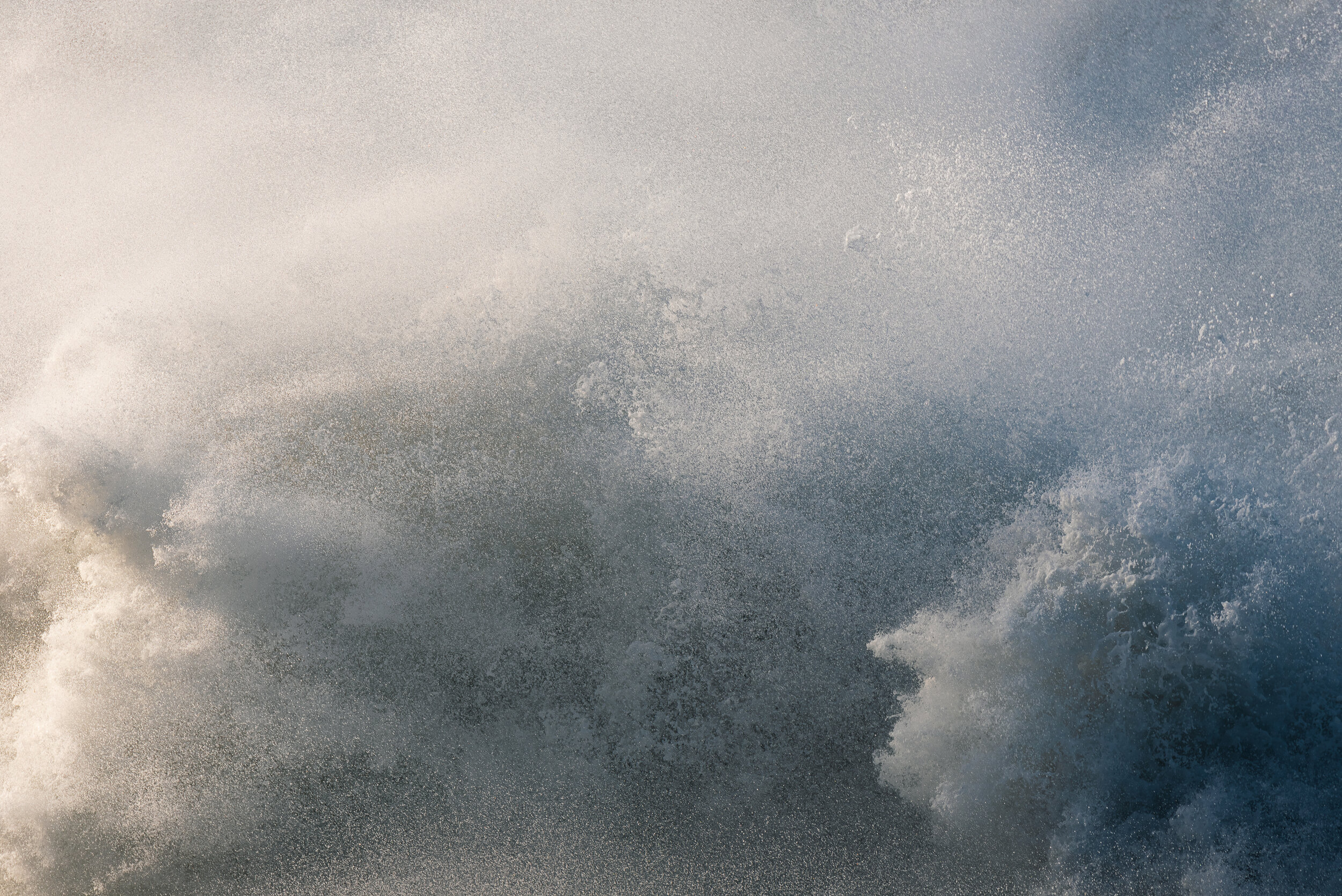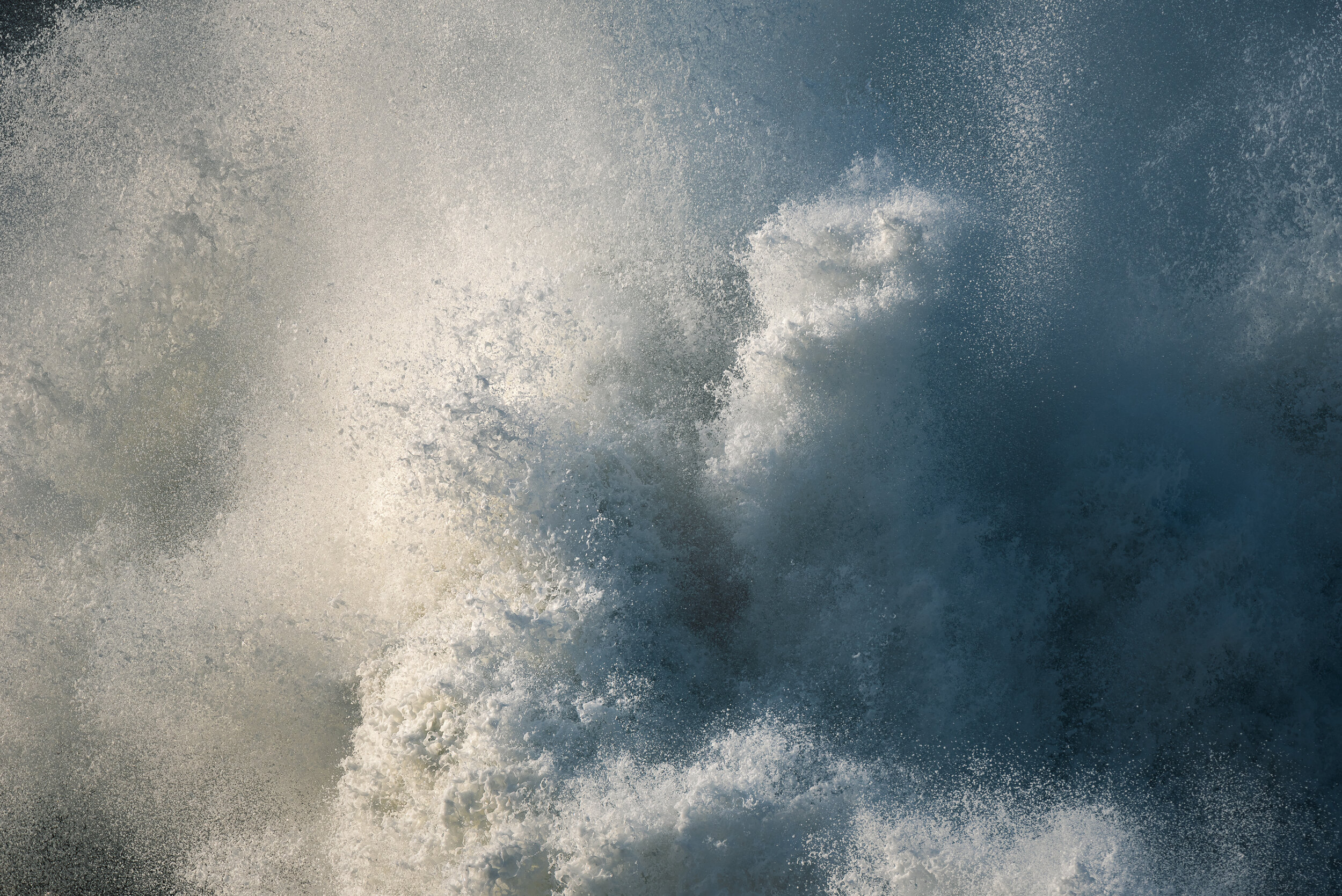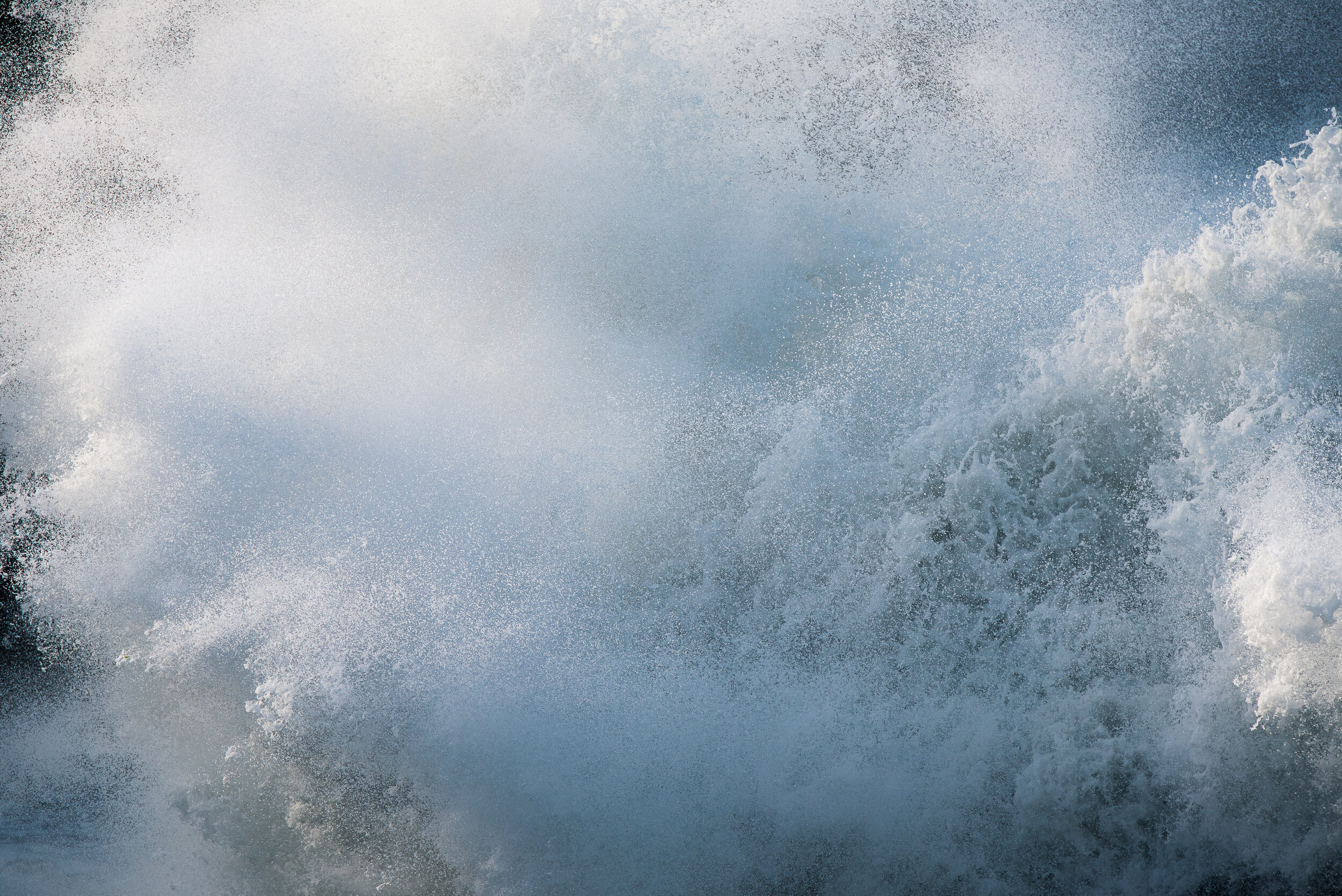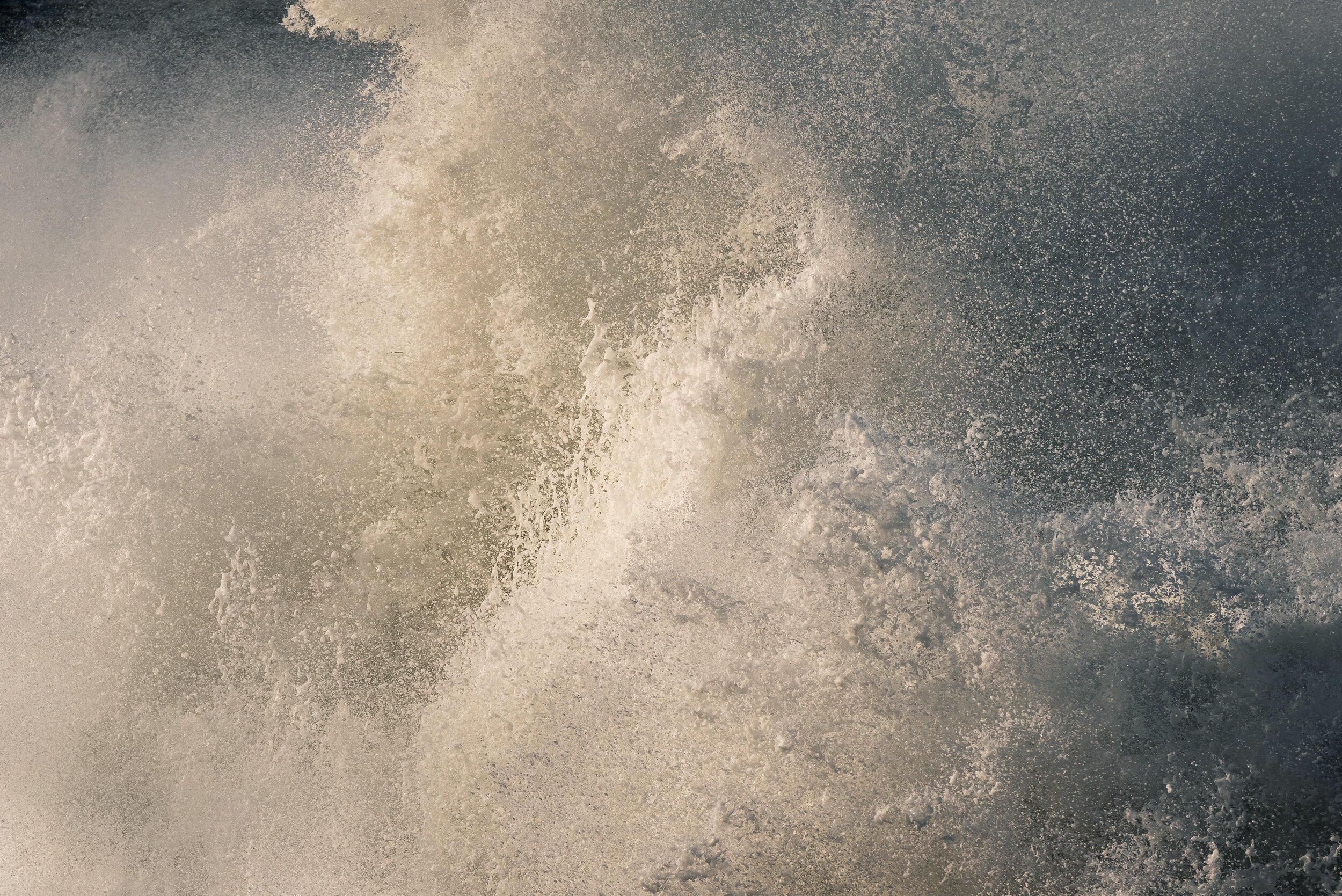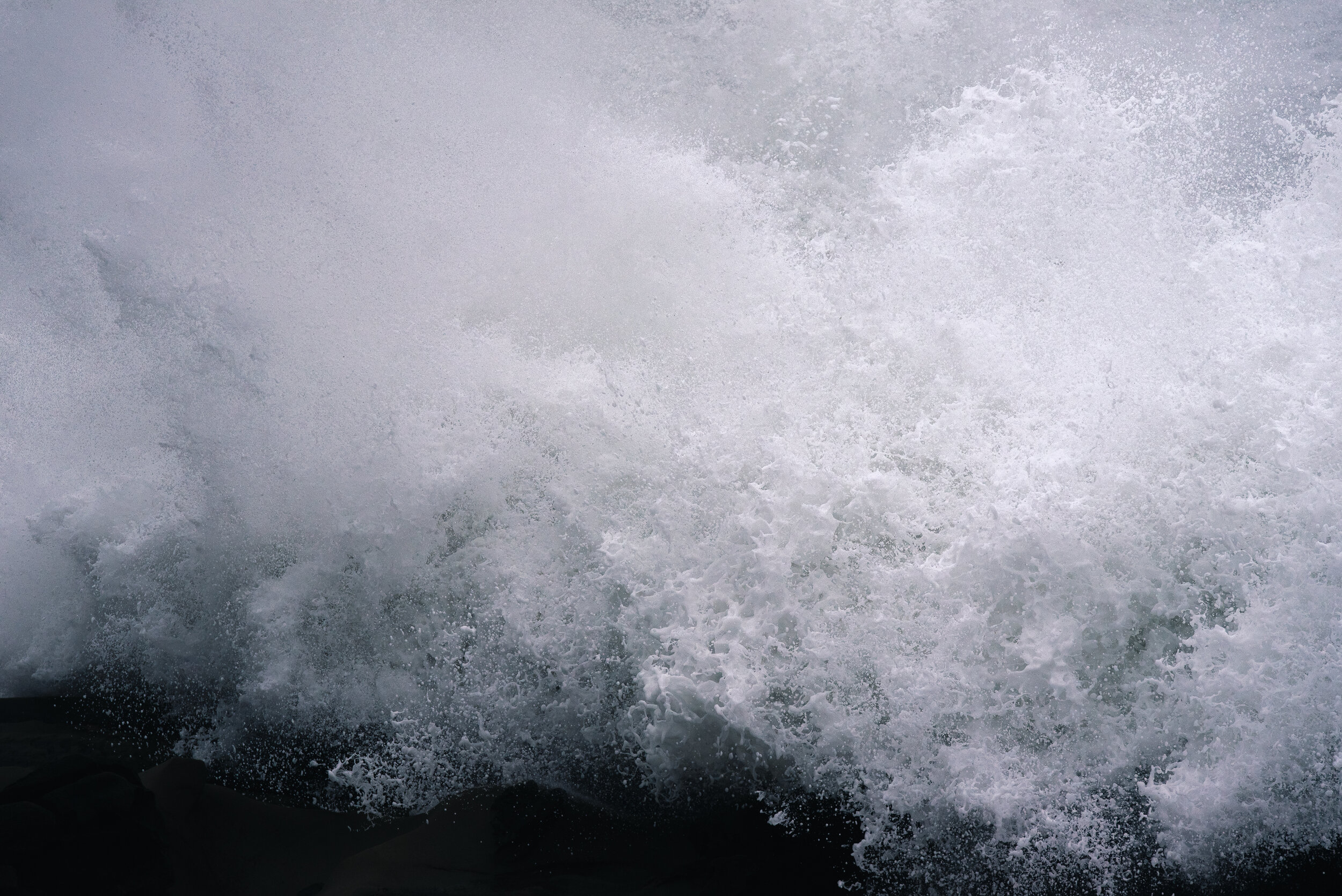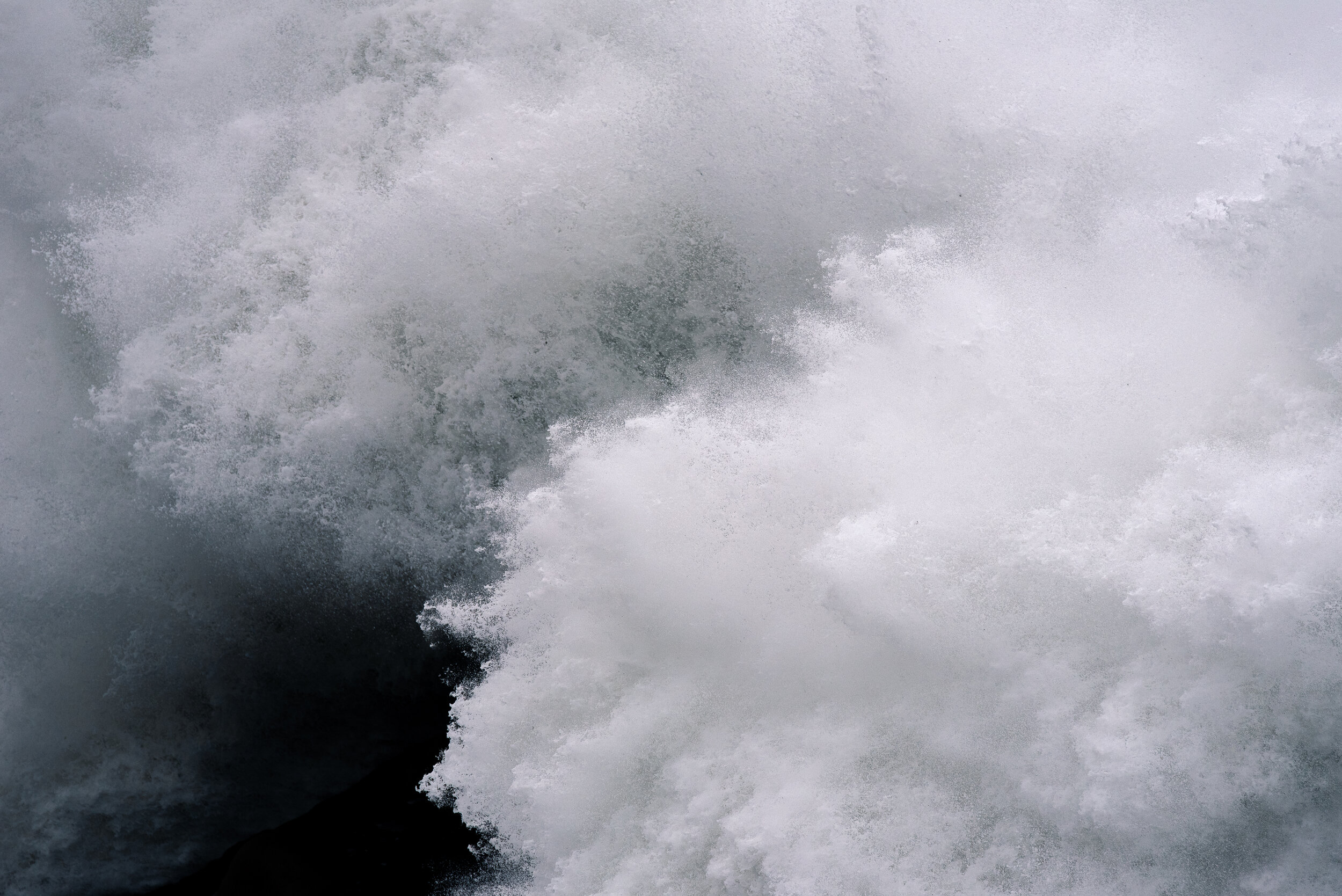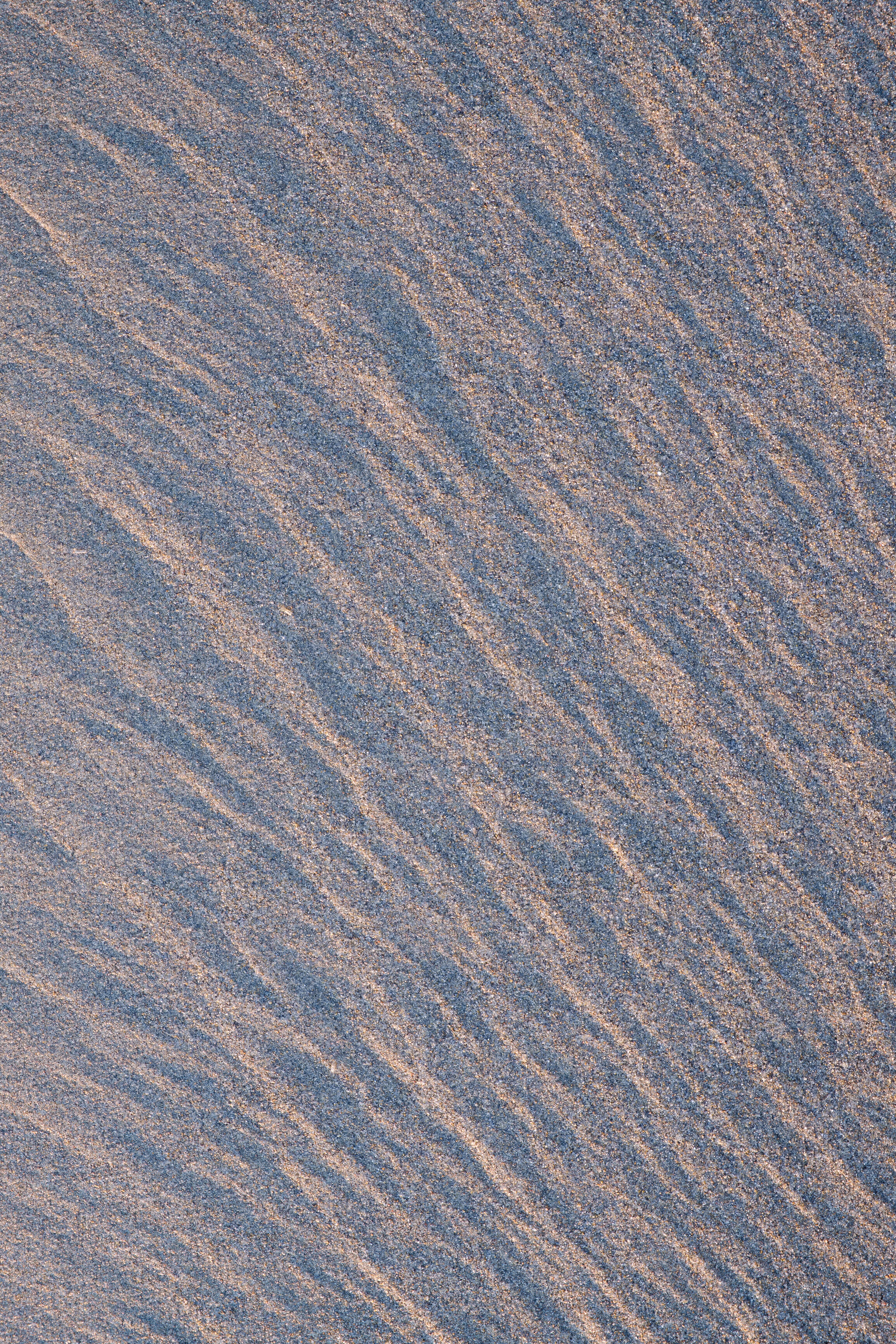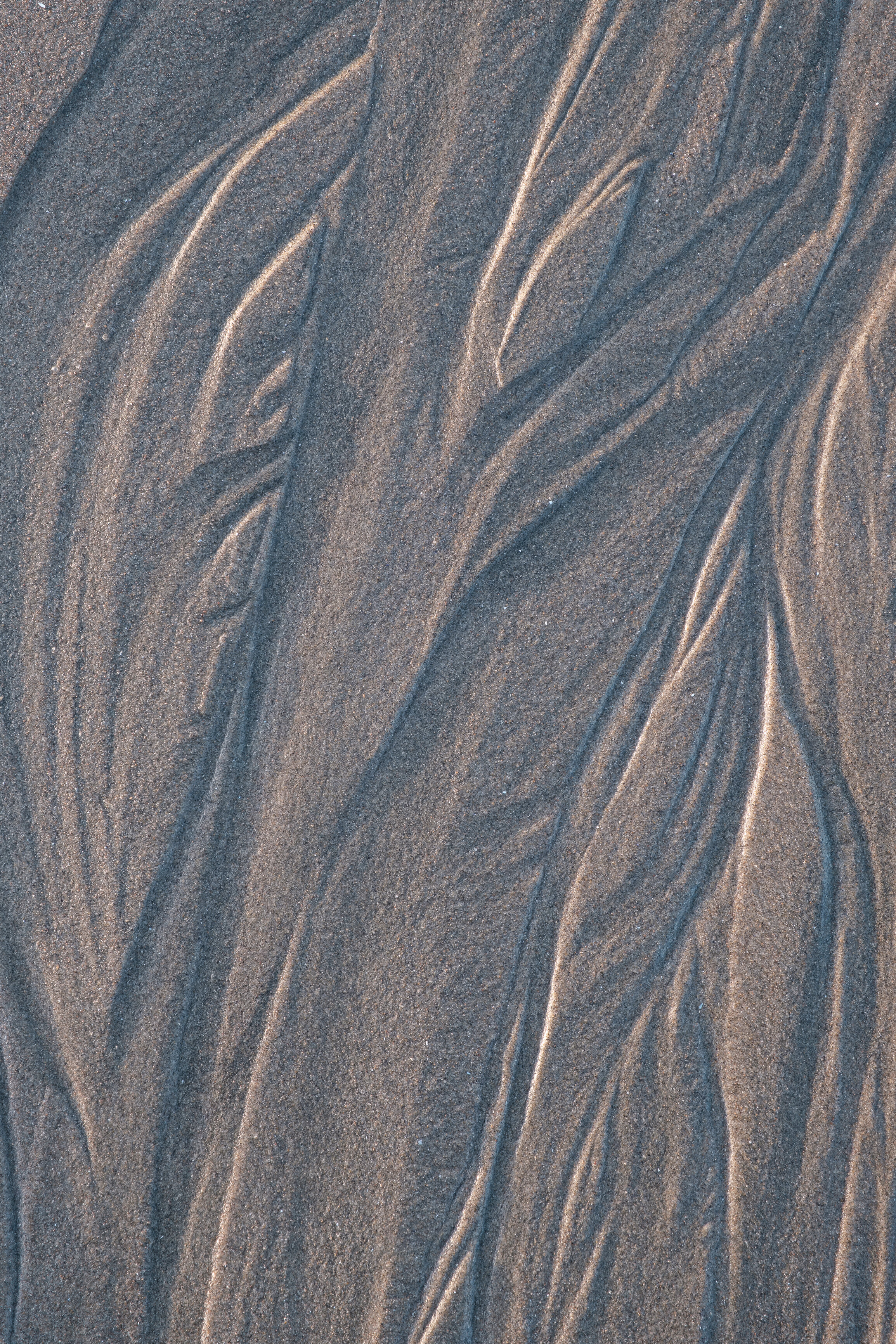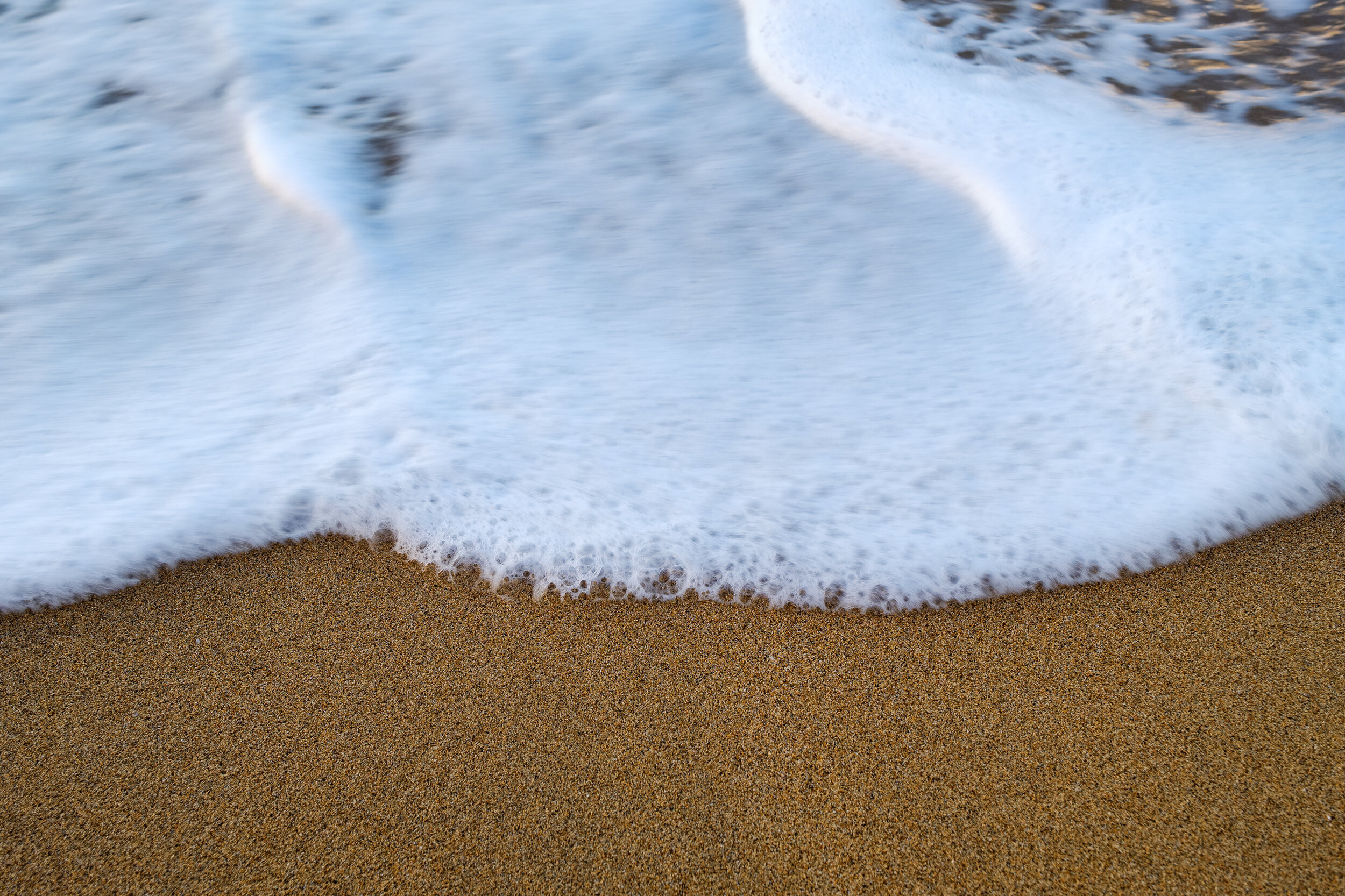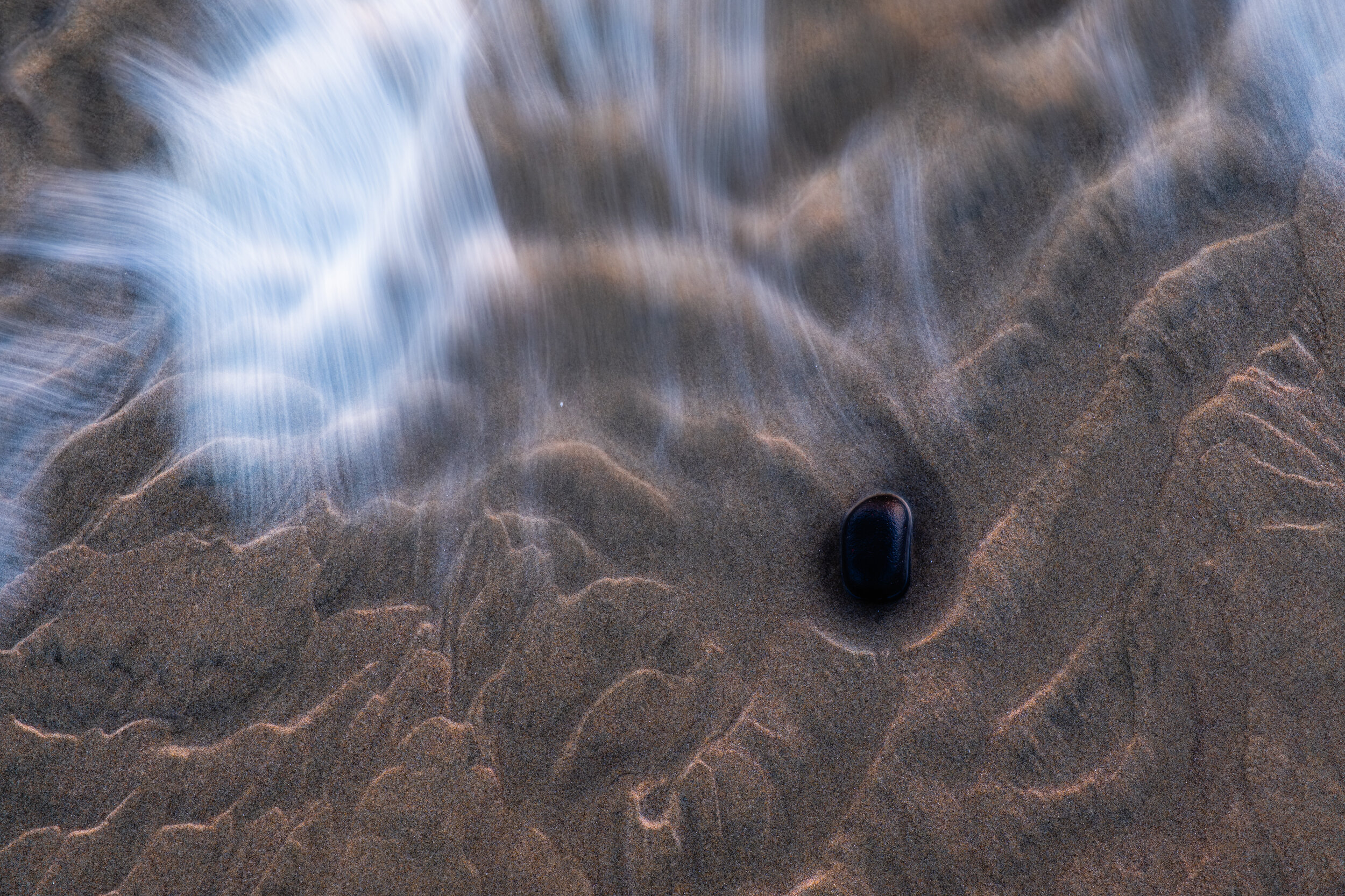There are many options to photograph on the coast capturing images of seascapes. It is all too easy to understand the golden light from sunrise/sunset works well and shoot ultra-wide images including the sea, sand, and sky. This is a limiting frame of mind to be in though as it takes the entire day of landscape photography and boils it down to 1-2 hours at the beginning and end.
Don’t Stop Shooting!
If you ignore the other conditions and light that can work brilliantly at these locations there is a range of imagery that you will miss out on. To start, you should be keenly aware of the tides and swells that are present that day. During low tides, you can capture imagery all day in tide pools of the various colorful sea creatures that are easily seen. These still-life images make for great wall art and are best photographed on cloudy days with a circular polarizer to cut out reflections.
Watch the Weather
On the Oregon coast, the winter is typically cloudy, rainy, and windy. These conditions make for terrible light during sunrise/sunset, but they make for dramatic seas with violent swells! The spray and foam make for interesting abstract images as these large waves splash against the coastline. You can also get very interesting images of these waves crashing against each other making neat shapes as they fan out.
Suns out, Cameras out!
These wave images are very different when captured on a sunny day vs cloudy. I shot the same location with large waves and different mid-day light. What I found was that the sunlight coming from the side made the textures pop out and there was a dramatic falloff in shadows. Having more light also helps with getting the shutter speed up without increasing ISO a ton, but it goes to show that sometimes you need the light from the brightest time of the day to photograph events!
Cloudy days shouldn’t keep photographers away
The cloudy wave images had their own look of very soft light, but deep shadows in where the waves hit the rocks. There is a bit more softness in the detail due to the ISO being slightly higher and shutter speed not always keeping up with the powerful movements of the splashes even at 1/2000 of a second! When zoomed in, the acceleration of these waves is dramatic and comparable to shooting professional sporting events.
Watch where you step!
The last type of abstract or different type of imagery I would encourage you to look for is looking straight down at where your feet are. Not literally taking images of your feet, but seeing the shapes, patterns, and objects that you might find.
Taking things at a face-level, you can photograph the sand itself. There will be different colors and patterns made by the ocean’s waves and tides. If there are rocks on the beach you will likely find some different shapes appearing around the tide pools that form. These can look great all day, but I especially enjoy photographing these as the sun gets low on the horizon and I can get shadows cast across the beach. The small streams flowing into the ocean can also present interesting shapes as the water flows to the ocean shaping the beach along its path.
I also enjoy taking images of rocks or seashells or sand dollars as they get splashed by incoming waves. A slightly longer shutter speed, the right wave, and good timing make for a really interesting image! Don’t be too worried about sharpness as most things in the scene will be moving, and be ready to get your feet wet, you are at the beach!

